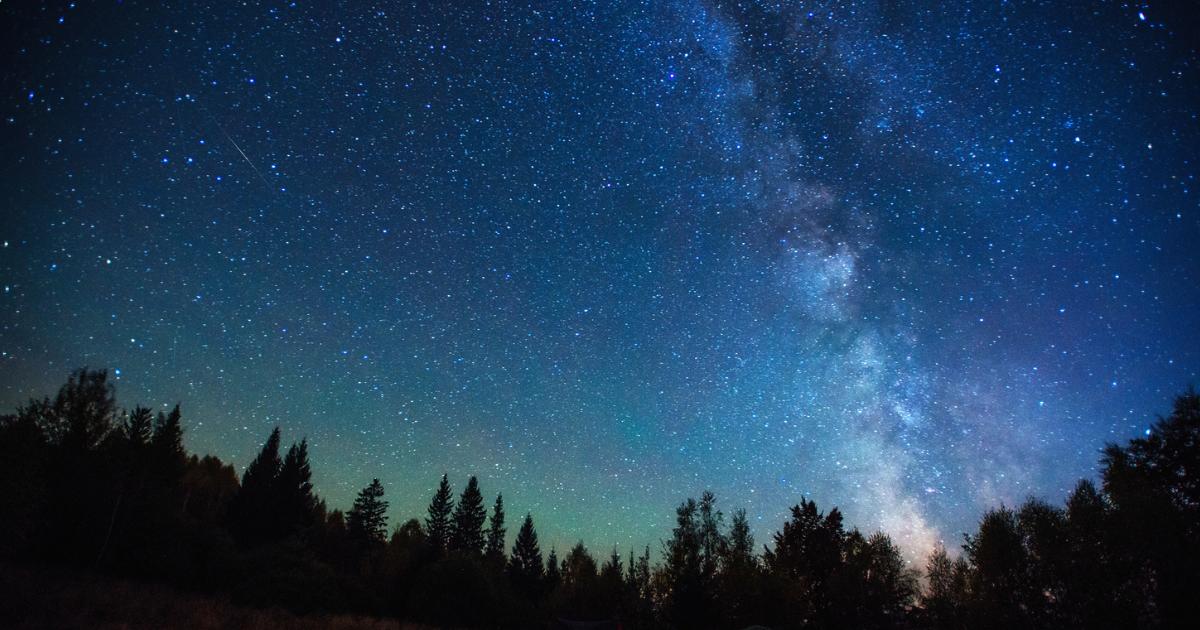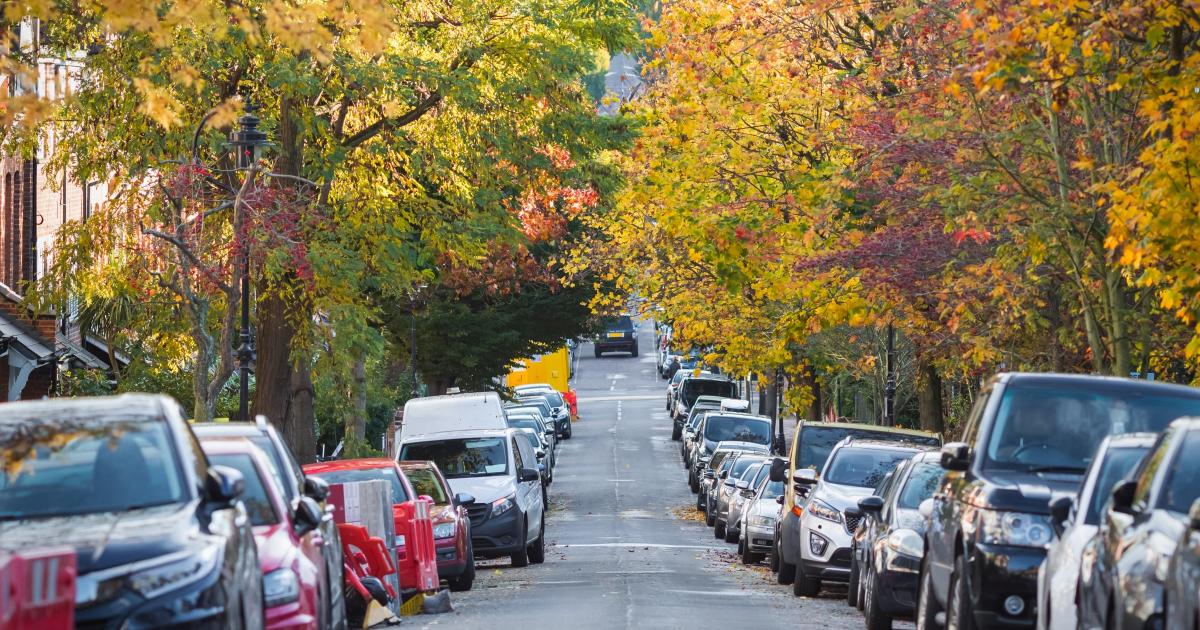The Orionids, which originate from debris left behind by Halley’s Comet, will reach their peak on the nights of October 22 and 23.
Research conducted by Holgates into the darkest skies across the UK has revealed the top spots to catch the natural phenomenon.
According to the study, Keswick, in the Lake District is among the top UK viewing spots, offering 3:38 hours of mesmerising stargazing.
The Orionids are known for their fast, bright meteors, often leaving glowing trails as they streak across the sky at speeds of up to 41 miles per second.
With the Moon setting early this year, conditions are expected to be highly favourable for stargazers across the UK.
Astronomy groups recommend heading to a National Park or designated Dark Sky site to escape light pollution and make the most of the darker conditions.
The Orionids follow the Draconids earlier this month and are one of the most reliable annual showers, producing around 20 meteors per hour at their peak.
Commenting on the research, Holgates owner, Michael Holgate said: “Watching the Orionids is a truly special experience – you’re not only seeing meteors but fragments of the famous Halley’s Comet burning up in the atmosphere.
“With the shower peaking at a time when the nights are drawing in, it’s the perfect opportunity for families, campers and stargazers to enjoy the wonders of the night sky in some of the UK’s most beautiful landscapes.”


